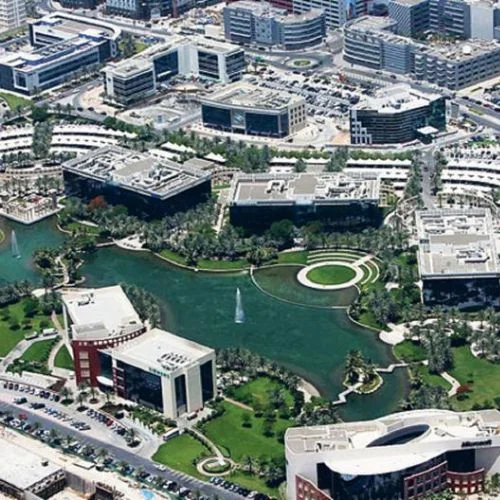According to the government, the sustainable use of mine water resources by public sector businesses under the coal ministry has benefited 17.7 lakh people in 981 villages across nine states.
A coal mine is a location where coal is mined from the earth. Coal mining may take place underground or on the surface/opencast. The technique used is determined by the geology of the coal deposit.
Coal accounts for more than 36% of worldwide power production. It illuminates homes, buildings, and streets; provides domestic and industrial heat; and powers the majority of home, office, and factory equipment and machinery.
A significant amount of mine water collects in mine sumps during coal mining operations. This mining water is used for a variety of community functions, including home and drinking water supply, agricultural field irrigation, groundwater replenishment, and numerous industrial uses such as dust suppression and heavy gear cleaning
A large amount of mine water is collected in mine sumps and then pumped to the surface throughout the coal mining operation. The accessible mine water may be utilized for drinking/irrigation by using proper treatment processes.
“During the fiscal 2022-23, CPSEs (Central Public Sector Enterprises) discharged approximately 8,130 Lakh m3 of mine water, with 46 percent allocated for community uses such as domestic and irrigation purposes, 49 percent for internal domestic and industrial needs, and six percent reserved for groundwater recharge initiatives,” the coal ministry said in a statement.
Several treatment processes have been adopted to guarantee that mine water is safe for drinking and irrigation. Throughout the year, several initiatives have been made to ensure that communities have access to safe and clean water.
A state-of-the-art reverse osmosis filtration system with a capacity of 5,000 liters per hour has been installed inside the grounds of Coal India’s arm, Eastern Coalfields Ltd (ECL), in the Paschim Bardhaman region of West Bengal.
This facility processes mine water, supplying clean drinking water and residential water to local communities and colonies.
Underground seepage water from the underground mines of Damini, Khairaha, Rajendra, and Navgaon is channeled into the Sarafa River in the Madhya Pradesh districts of Shahdol and Anuppur.
Prior to discharge, this water is purified at the Sarafa Dam via a series of filtering operations. The cleaned water is subsequently utilized for agricultural purposes in the mining regions.
Furthermore, two filtration plants with a total gross capacity of nine lakh liters have been erected, helping approximately 5,000 persons in the nearby villages of Khannath and Chirhiti.















